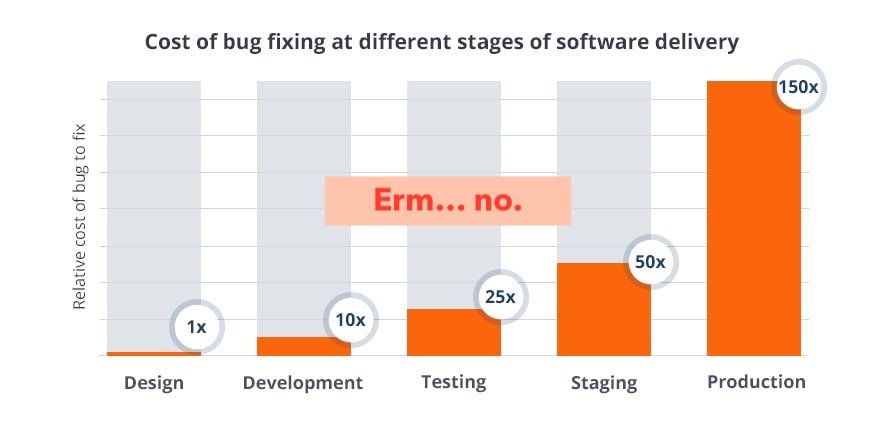Tag: process
-

How much planning is enough?
Few years back, I was sitting in Bunker Coffee with Luke for our 1:1. Luke tells me, “you know, no matter how hard you plan, the error rate of our decision doesn’t change much. If we take path A today versus next week, after having a whole lot more meetings, we still don’t know what…
-

How to drive your teams to care more about operational excellence?
When an operational outcomes needs to be achieved, we are after a predictable and repeatable process. This means that we can’t approach the execution of these outcomes like a creative task, allowing makers to self-organise. “OpEx” is an area where rigidity helps. We can approach “Operational Excellence” on 2 fronts: Here are a few ideas…
-

Attributing value to teams in large organizations
In a large tech company, there are layers and layers of teams that contribute to the success of a product or service offered. Many of these layers tend to only have indirect impact on customers. Teams that have a direct relationship with customers tend to have a lot of power. They bear the burden of…
